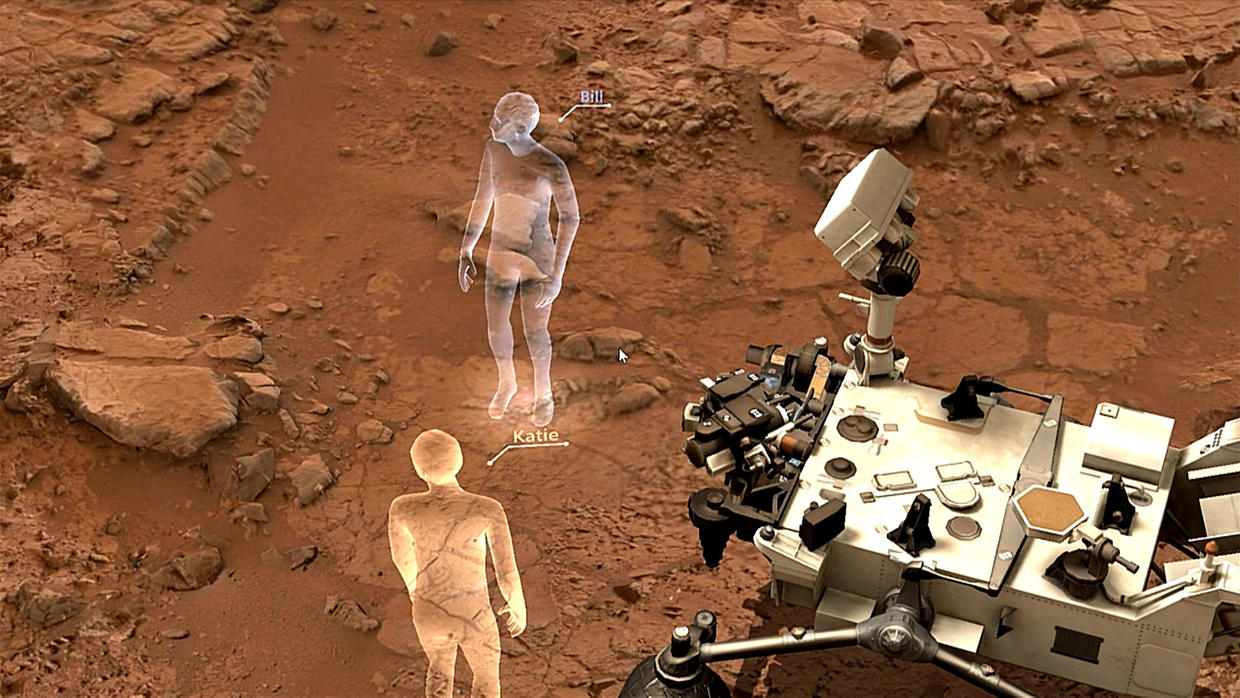This course will be offered again in Academic Year 2024. Due to limited hardware availability, enrollment is limited. (You can submit your application here.) For questions, please, email alx@princeton.edu.
Course Description. Virtual and augmented reality (VR/AR) technologies have seen tremendous growth and new applications over the past few years. Commercially available hardware and modern game engines can now support the work in many disciplines. In particular, VR and AR can enable engineers, scientists, and architects to plan and conduct their research in fundamentally new ways, visualize and communicate their findings more effectively, and work in environments that are otherwise difficult, impossible, or too costly to experience in person. In this course, we will explore the basic concepts of effective VR/AR experiences and build the skills needed to develop and support innovative science, engineering, or architecture projects. Topics include position tracking, interactivity, haptics, and other aspects of human-computer interaction (including UX/UI) relevant for VR/AR. Case studies from science, engineering, and architecture will emphasize the role of game-physics engines to connect the material to real-world projects. In the second half of the semester, working in small teams, students develop and implement their own ideas for a VR/AR project of their choice. Projects can either start from a basic environment or model used earlier in the semester (such a motorcycle or aircraft engine or the walkthrough model of a building) or pursue entirely new projects connected to their interests. Presentation of final projects will place an emphasis on data visualization and effective communication of key findings and results.
